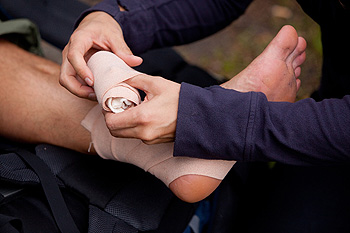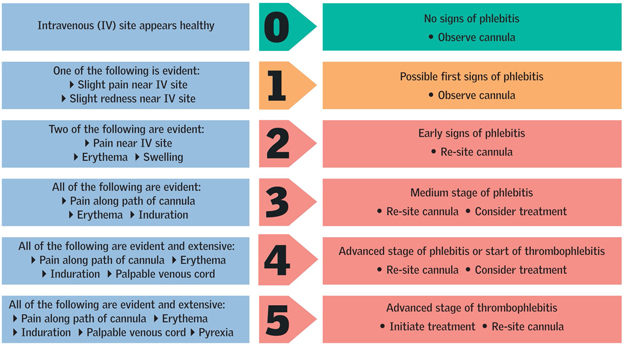2024 Ankle Sprain: NMC OSCE Evidence-Based Practice
2024 Ankle Sprain: NMC OSCE Evidence-Based Practice

Ankle sprains are one of the most common injuries encountered in clinical practice, and their management is a crucial component of the Nursing and Midwifery Council’s (NMC) Objective Structured Clinical Examination (OSCE). The 2024 updates to the NMC OSCE emphasize evidence-based practices, making it essential for nursing professionals to stay informed about the latest guidelines and treatment protocols for ankle sprains.
Understanding Ankle Sprains
An ankle sprain occurs when the ligaments that support the ankle stretch or tear, typically due to a sudden twist or turn. This injury can range from mild to severe, depending on the extent of ligament damage. Common symptoms include pain, swelling, bruising, and difficulty walking.
Importance of Evidence-Based Practice in Ankle Sprain Management
The NMC OSCE assesses the clinical competence of nurses and midwives who wish to practice in the UK. The inclusion of ankle sprain scenarios in the OSCE highlights the importance of evidence-based practice in managing this common injury. The 2024 updates to the OSCE introduce new scenarios and marking criteria that emphasize the need for accurate diagnosis, effective treatment, and patient-centered care12.
Evidence-Based Guidelines for Ankle Sprain Management
Research and clinical guidelines provide a framework for the effective management of ankle sprains. Key evidence-based practices include:
- Assessment and Diagnosis: Conduct a thorough assessment to determine the severity of the sprain. Use tools like the Ottawa Ankle Rules to decide if imaging is necessary3.
- Initial Treatment: Follow the RICE protocol (Rest, Ice, Compression, Elevation) to manage pain and swelling in the acute phase.
- Rehabilitation: Implement a structured rehabilitation program to restore strength, flexibility, and function. This may include physical therapy exercises and gradual return to activity.
- Patient Education: Educate patients about the importance of adhering to the treatment plan and preventing future injuries. Provide guidance on proper footwear and techniques to avoid ankle sprains.
Implementing Effective Ankle Sprain Management in OSCE
To effectively manage an ankle sprain in the OSCE, nurses should:
- Perform a Comprehensive Assessment: Evaluate the patient’s history, conduct a physical examination, and use appropriate diagnostic tools.
- Apply Evidence-Based Treatment: Implement the RICE protocol and consider additional interventions such as bracing or taping if necessary.
- Develop a Rehabilitation Plan: Create a personalized rehabilitation plan that includes exercises to improve strength and flexibility.
- Communicate Clearly with Patients: Explain the diagnosis, treatment plan, and expected outcomes to the patient. Encourage questions and provide clear instructions for home care.
Conclusion
The 2024 updates to the NMC OSCE underscore the importance of evidence-based practice in the management of ankle sprains. By adhering to the latest guidelines and incorporating patient-centered care, nurses can ensure effective treatment and optimal outcomes for patients with ankle sprains. Staying informed about current best practices and continuously improving clinical skills will be essential for success in the OSCE and in everyday clinical practice.






